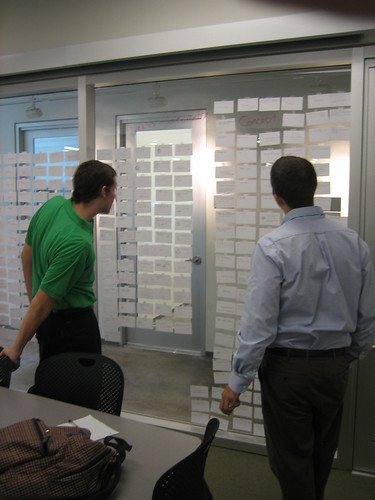After many sessions of brainstorming, we have all amassed a mountain of design ideas, and begun to evaluate them. To help sift through our many ideas, we have employed the Pugh analysis. In order to do this, we figured out which attributes we thought were important, such as cost, longevity, ease of assembly and the ability to protect. All designs are different in their own ways, so we needed a base level to compare all things to. As a base, we compared all the designs to current wood frames used in museums. Within each criteria, the new design could receive a +, – or 0, if it was apparently better, worse or the same as the museum’s frame. Although this can simplify things because some designs may be much better than others, we need to further narrow our options with more analysis.
After the first round of analysis, we all had designs that not only had varying scores, but also varying differences. Using these scores, we were able to combine different ideas, so that one design could improve on the shortcomings of another. After a series of revisions, we’ll finally narrow down to ten ideas. From here we’ll be able to further narrow down our designs by the importance of each category.




